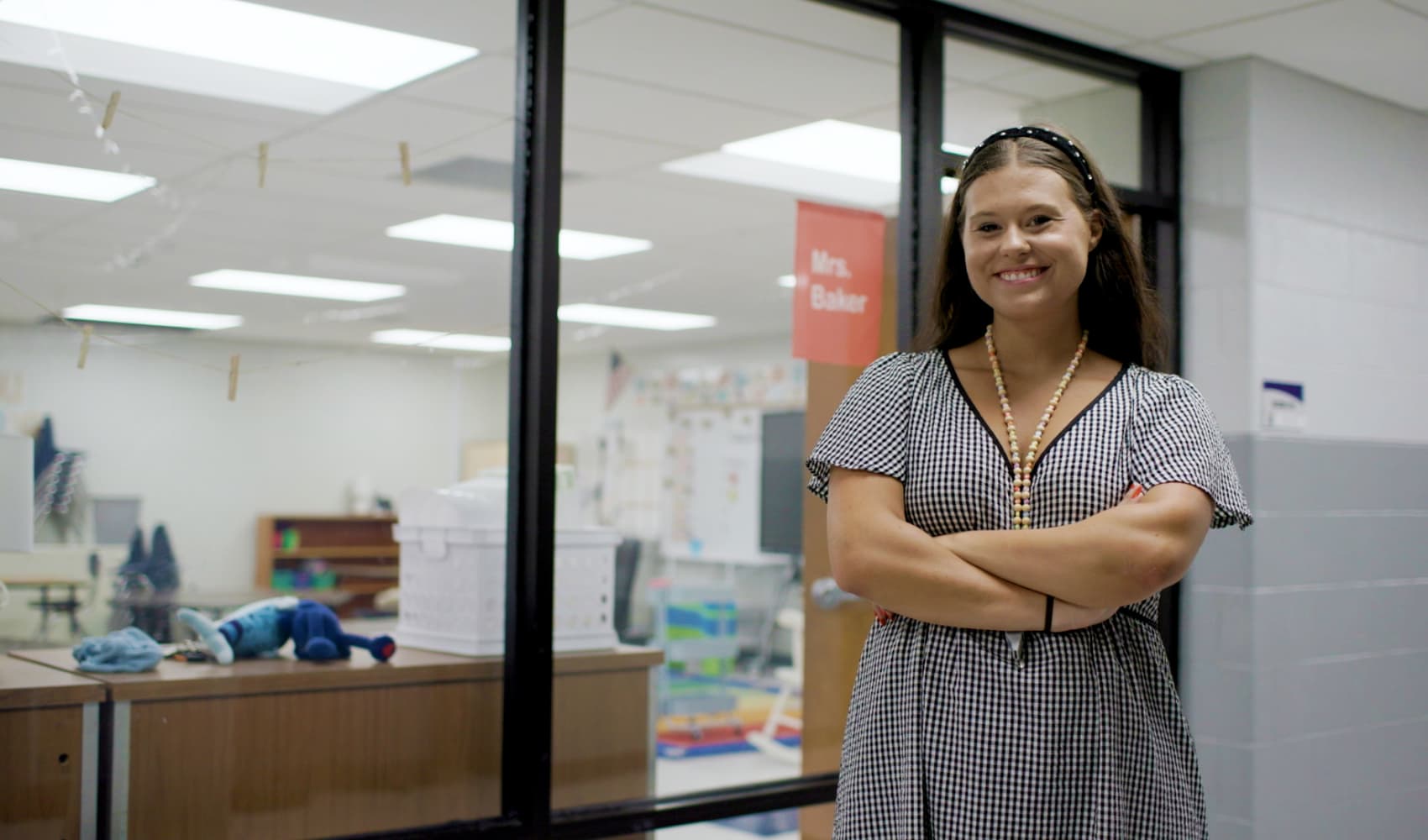The challenging financial landscape faced by educators across the nation is increasingly necessitating alternative income streams, a reality vividly illustrated by the story of a dedicated first-grade teacher navigating the complexities of making ends meet. Despite their profound impact on future generations, many teachers find their primary salaries insufficient to achieve personal financial stability or even cover basic living expenses, prompting a widespread reliance on supplementary work.
At 27 years old, this particular first-grade teacher from Rockingham, Virginia, is preparing to embark on her sixth year in the classroom, with an anticipated annual teaching salary of approximately $58,000. While this figure might appear substantial to some, the realities of student loan debt, rising living costs, and the general structure of teacher compensation often paint a far more challenging picture for those committed to the profession.
To bolster her income and proactively pursue significant financial goals, such as establishing an emergency fund and saving for a down payment on a house, she has successfully cultivated a thriving side hustle creating social media content. This venture is projected to add at least an additional $5,000 to her annual earnings, elevating her total pre-tax income to $63,000 for the upcoming academic year, a testament to her entrepreneurial spirit and financial foresight.
Her journey into supplementary work highlights a common theme among educators: the constant search for additional income. Prior to focusing on content creation in early 2024, her efforts included privately tutoring students during summer breaks and accepting extra responsibilities within her school, such as managing the institution’s social media presence and website, mentoring new teachers, and organizing the staff lounge, all of which came with modest stipends.
This individual narrative aligns with broader national trends, where a significant portion of primary and secondary school teachers hold more than one job. Data from the National Education Association, released in April, reveals that a striking 37% of educators nationwide report struggling to earn a living wage from their teaching positions alone, underscoring systemic issues within the educational sector’s compensation models.
The financial ingenuity among teachers extends beyond individual efforts, with many colleagues employing diverse strategies to supplement their incomes. Examples include a teacher who is also a licensed nurse, dedicating several days a week to nursing after school hours, and others who operate online shops selling handmade crafts. One unique case even involves a co-worker contributing to their family’s Christmas tree farm during the holiday season, showcasing the varied and often creative approaches taken by educators to achieve financial security.
Despite the necessity of juggling multiple income streams, her financial planning is meticulously managed. She and her husband, a truck driver earning $53,000 annually, share all household expenses equally, including rent, utilities, and pet care, a non-traditional yet effective approach for their current life stage. Her primary teaching salary covers daily expenses, while her variable social media earnings, ranging from $0 to $2,000 monthly, are directly deposited into savings, illustrating prudent financial management for future aspirations.
Crucially, a portion of her supplementary income also directly benefits her students. While schools provide a minimal stipend for basic supplies, typically ranging from $100 to $250 annually, she consistently invests her own money to enhance her classroom environment and provide thoughtful gifts for her students. Last year, this amounted to approximately $1,000 spent on organizational improvements, reflecting the deep personal commitment many teachers make to their profession beyond their contractual obligations.
Despite the considerable 27-mile one-way commute and the financial pressures that necessitate a side hustle, her dedication to her elementary school in the Shenandoah Valley remains unwavering. She articulates a profound connection to her students and the supportive community of educators, affirming that the “magical things happening at my school” far outweigh the challenges. Her story is a powerful reminder of the passion that drives educators, even as it highlights the urgent need for a societal reevaluation of teacher compensation to ensure a sustainable and respected profession.






Leave a Reply